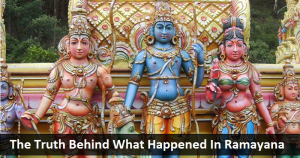
The Truth Behind What Happened In The Ramayana
‘Ramayana’ is one of the two greatest epics in the Hindu Mythology, the other being the ‘Mahabharata’. It forms an important part of Hindu literature which is considered to be Historical. There are many things about the Ramayana that are absolutely mythological. A demon king with ten heads, talking monkeys, demon that could morph into a deer, a flying chariot, a demi-god who could take the form of a vulture. This epic was not written as one definite piece of text. Valmiki collected data from different sources and combined them with his own knowledge of events, which was largely passed down orally through the years. And then, other writers too contributed to it by adding details.
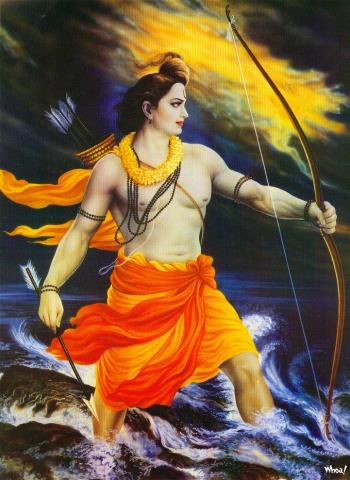
Ramayana is told differently in different places. It is the mega-story that contains a multitude of narratives of India. The narrative in Bali, Malaysia is quite likely at variance from what we generally have come to believe. We Hindus know it and accept it. Following is the outline of ‘Ramayana’ from the Jain narratives:
Vimalasuri’s version is one of the most important and influential Jain stories of Rama. Vimalsuri claims that the Ramayana of Valmiki is filled with illogical and false stories. In his version, Kaikeyi is shown to be a generous and affectionate mother who wanted to stop Bharata from becoming a monk. For this, she wanted to give him the responsibility of a king. When Rama knew about it, he willingly went into exile. In Vimalsuri’s Paumchariya, Rama married thrice when he was in exile (which was not mentioned in Hindu epic). Lakshmana, his brother married eleven times.
In Jain Ramayana, Vanaras are not literally monkeys; they are demigods called Vidyadharas, who inhabit the city of Kishkindhi and who are called vanaras because their standard and shields and crowns bear the image of a monkey, an animal that is commonly found in those parts. In the Jain Ramayana, Ravan is presented as a great and noble king, and as someone who is learned and who is a devotee of Jainism.” In fact, he isn’t even a rakshasa as popularly understood; like Hanuman and the other vanaras, he, too, is a Vidyadhar, only he belongs to the rakshasa lineage. The Jain Ramayanas are in fact very sympathetic to Ravan, even presenting him as a doomed and tragic figure that has one fatal flaw: lust.
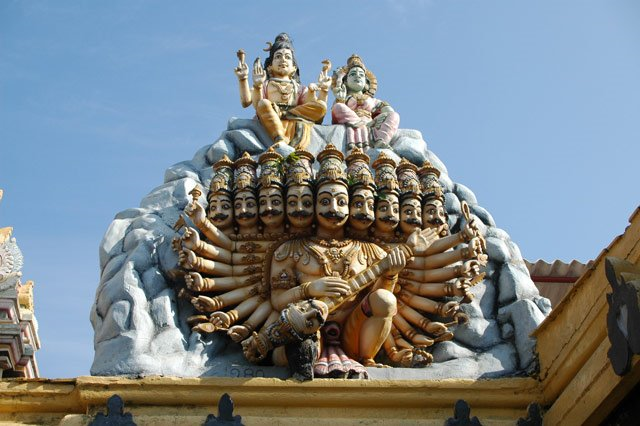
The ancient Jain authors told Ram’s story very differently. One thing that set them apart from the Hindus was their insistence on eschewing the more “miraculous” elements of the story, such as the name Vanaras as explained in the Paumachariyam. Another example is that no divine payasam was involved in the birth of Ram and his brothers; they were born in the normal way, according to the Jain texts. (According to Hindu Ramayana, Rama, and his brothers were born as the result of Putra-Kameshti Yaga by Dasharatha, which was distributed among his wives. Sumitra was fed twice, so she gave birth to twins). Rama had around eight thousand wives among whom Sita was the principle consort (in the Hindu epic, Rama has only one wife Sita), whereas Lakshmana had around sixteen thousand wives in which Prithvisundari was his principle consort.
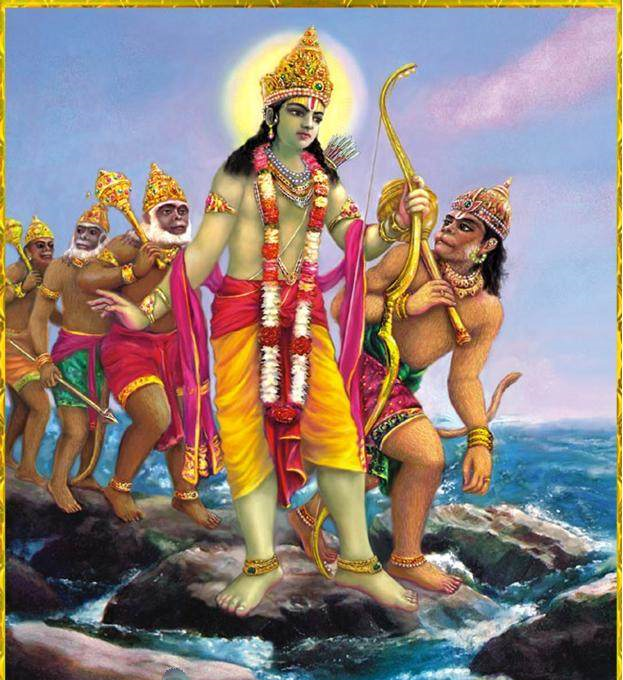
Also in Jain Ramayana, Lakshmana kills Ravana in the end (deviating from the Ramayana where the hero Rama slays Ravana). According to traditional Jain history, there were different kinds of Salakapurusas (illustrious persons or worthies), including the Jinas or Tirthankaras, who propagated the Jain faith and Chakravartins or heroic emperors. Baladevas, Vasudevas, and Prativasudevas were other such salakapurusas, with Ram (referred to as Padma), Lakshman and Ravan being Baladeva, Vasudeva, and Prativasudeva, respectively. These heroes are born in every age, with Vasudeva and Prativasudeva destined to fight each other. Thus it is, that in Jain version, it is not Ram who kills Ravan — it is Lakshman who does so.
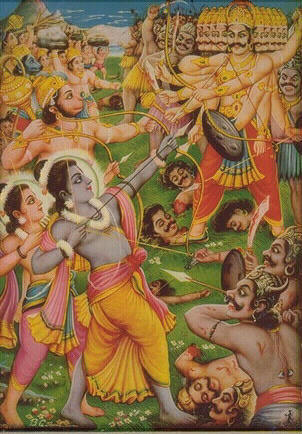
This detail is important because it is meant to present Ram as the ideal Jain hero, who has forsaken violence and who, at the end of his life, becomes a Jain mendicant and attains enlightenment. He is the evolved soul who has conquered his passions in what is his last birth. Lakshman and Ravan, on the other hand, go to hell. They don’t attain liberation until they have undergone many more births and deaths. These modifications to Valmiki’s story were necessary to illustrate the Jain principle of karma: if you live a pious life like Ram, you will be rewarded with a better existence in your next life and will slowly move towards attaining enlightenment and if you commit sins, you will go to hell and will remain caught in the kalachakra — the cycle of life and death.
Also, it is a little pointless to debate which version of Ramayana holds truth or argue about the historical accuracy of the Ramayana. We cannot prove or disprove anything. Whether it happened or not, is not as important as the message of good triumphing over evil it has spread throughout the passage of time.